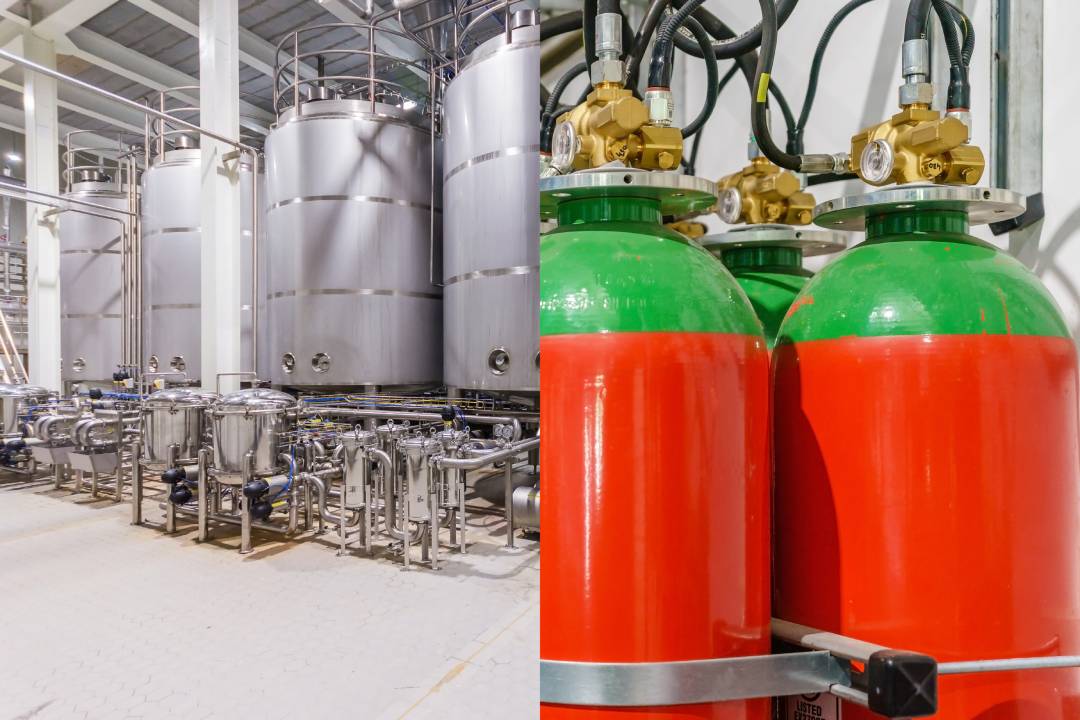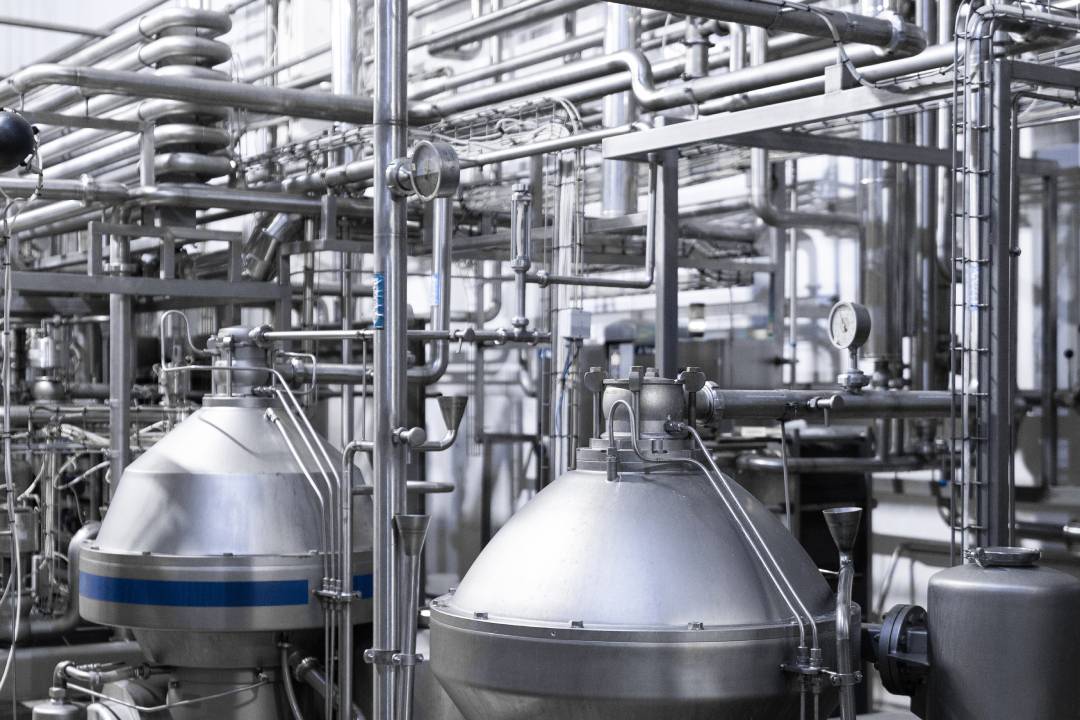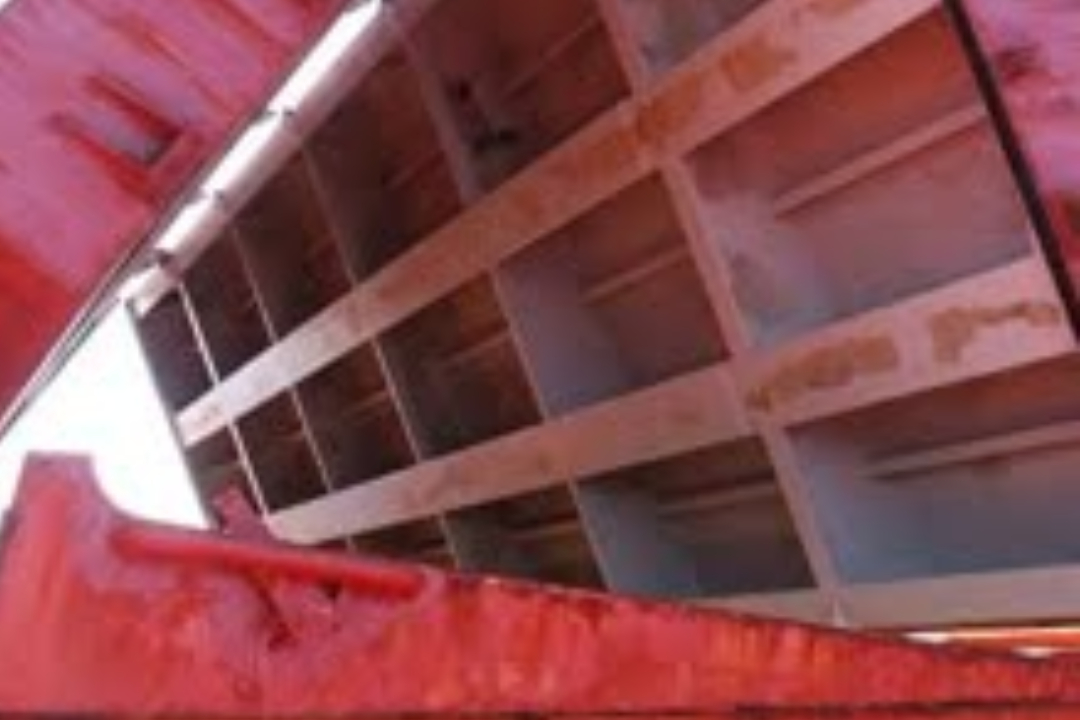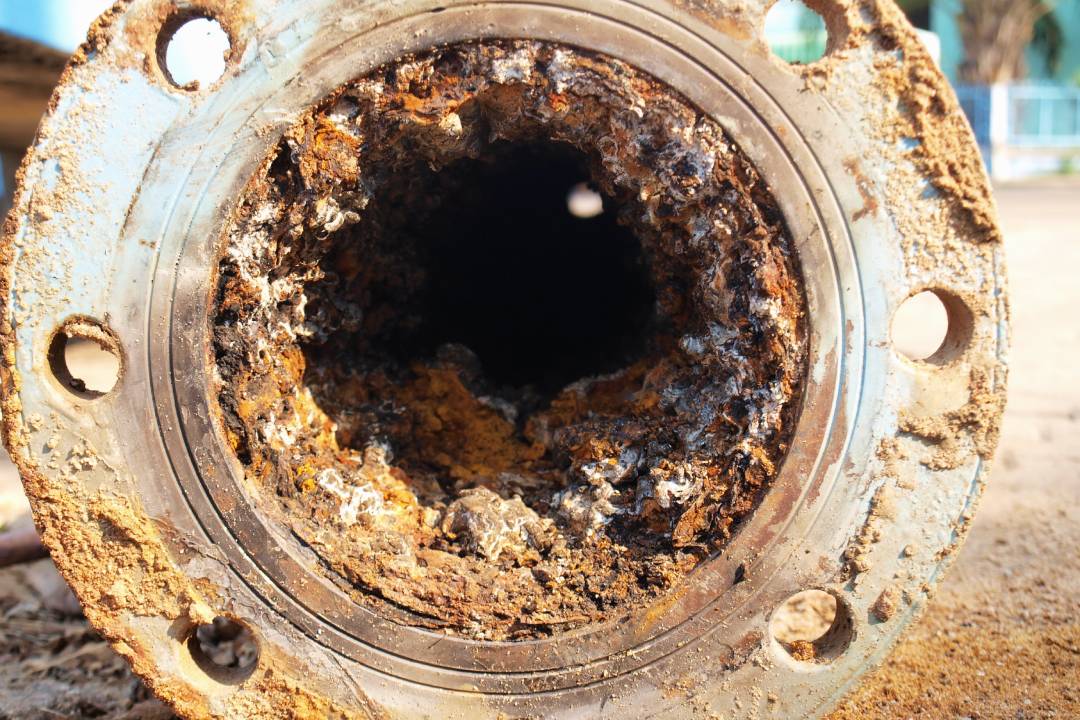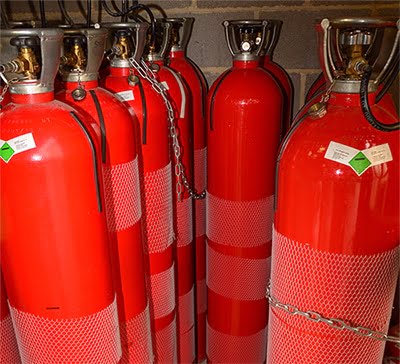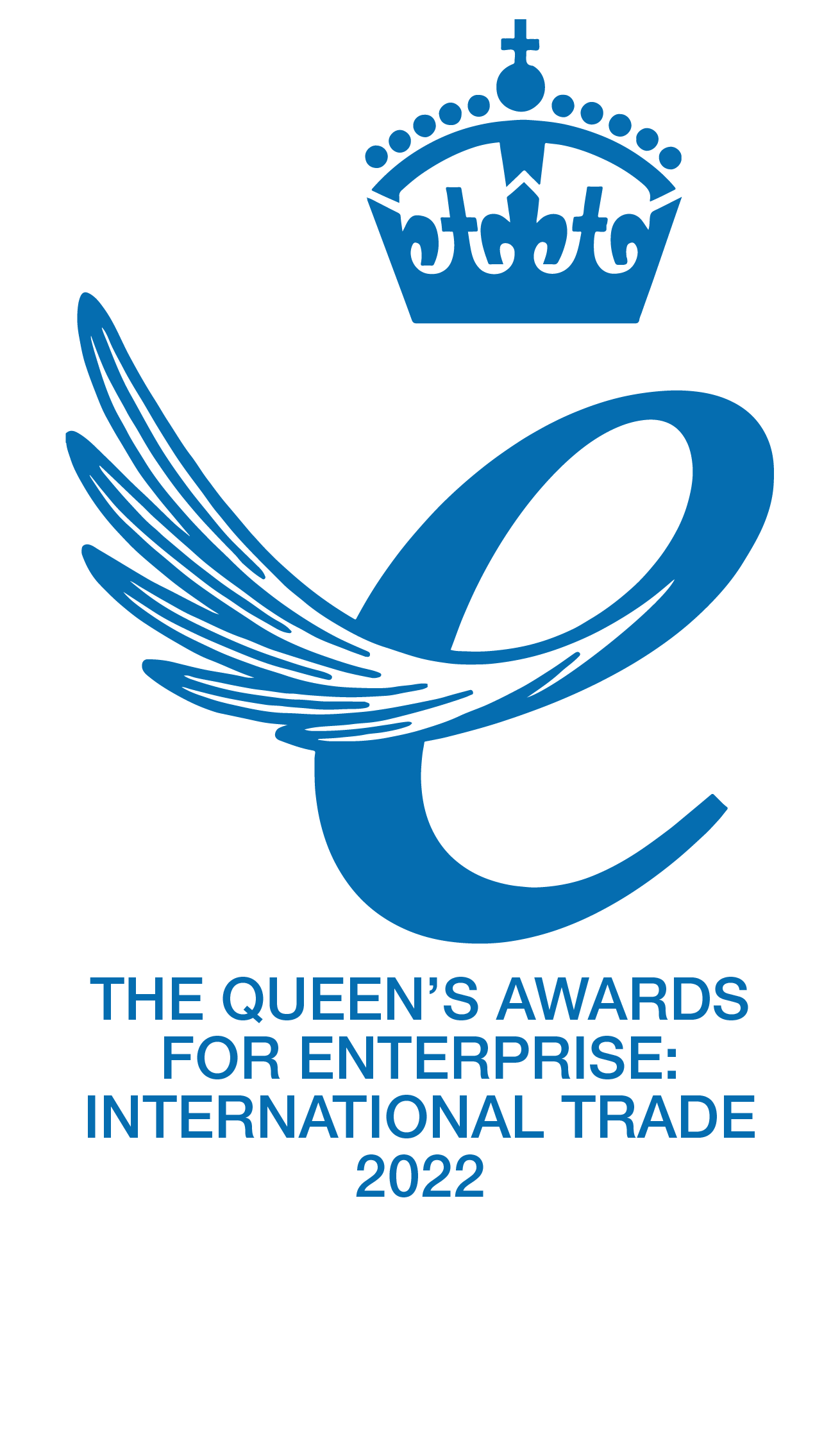Why choose Ultrasonic Air Flow Inspection?
Ultrasonic Airflow Inspection is a form of non-destructive testing. Unlike alternatives such as door fan testing, ultrasonic leak tests are quick and non-invasive, allowing you to check for leaks and determine air permeability in a matter of minutes with practically no impact on the normal operation of your facilities.
The Portascanner® COVID-19 enables a reliable and scientific way to both assess air permeability and locate leakage points. By contrast, smoke testing is less reliable and incapable of determining the extent of leak-size or airflow rate.
Ultrasonic testing allows air leak assessment prior to the installation of fan pressurisation equipment, meaning that the suitability of an environment for pressurisation or ventilation can be assessed before investing in costly equipment.
The Portascanner® COVID–19 is the world’s first ultrasonic leak detector that is also capable of quantifying the physical extent of individual leak sites and determining the flow rate of air through them. Our leak-size quantification algorithms have been independently tested and verified by the National Physical Laboratory, meaning you can understand and quantify the risk posed by each leak or seal.
The Portascanner® COVID-19 contains in-built imaging and reporting functionality to make the surveying process as smooth as possible.
Technical support, training, and advice is available throughout the lifetime of the unit and we are here to help you with your application.
How does Ultrasonic Leak Detection Work?
Ultrasonic leak detection takes advantage of fundamental characteristics of sound waves to identify and precisely locate water leaks in any structure. It makes use of the reflection and absorption behaviour of sound waves when incident on a boundary between a solid structure and the air adjacent to it.
Ultrasonic leak detectors are composed of two main components: an ultrasound generator and a receiver unit. The generator is placed on one side of a structure and switched on, filling the room or compartment with ultrasound. The receiver is then deployed on the other side of the structure to scan for leaks.
When no leak is present, the ultrasound is reflected or absorbed by the structure and so no ultrasound is detected by the receiver. When the receiver wand is pointed towards a leak, ultrasound is detected as it is able to propagate through the leak path. The reflection and diffraction of the sound wave as it passes through the leak path are affected by the size and shape of the leak, meaning information about the size and shape of the leak can be interpreted by the receiver unit.
Why is Air Permeability Important?
In July 2020, Coltraco Ultrasonics were awarded a UK Government Emergency COVID-19 Technology grant to develop a technology to assist with problems relating directly or indirectly to the COVID-19 pandemic. In particular, the focus of our development project was to improve the safety of ICU hospital wards such that sufficient negative pressurisation can be achieved to prevent the spread of airborne or aerosol-borne pathogens, thereby reducing contamination between wards.
Negative pressure rooms in hospitals are useful not just in preventing the spread of viruses, but also in containing other potentially harmful substances such as bacteria, fungi, yeasts, moulds, pollens, gases, volatile organic compounds, and chemicals.
The practice of negative pressurisation in hospital isolation wards is ostensibly widespread. In spite of this fact, a recent paper collating 24 cross-sectional studies across eight separate countries has found that significant levels of SARS-CoV-2 RNA particles were circulating in the air within 25% of ICU wards, 24% of hospital toilets, and 56% of hospital hallways. Hospitals, therefore, present a huge risk of cross-infection via airborne transmission. This suggests that negative pressurisation, which might be taken for granted by hospital staff, is in actuality not effectively achieved in a significant proportion of facilities.
A primary reason for the failure to achieve negative pressurisation is that the room is too permeable to the flow of air through the surrounding envelope (i.e. the walls, doors, windows, ceiling, and floor). This results in air passing out of the room at a rate higher than the specified supply and extracting airflow rates of the Fan Pressurisation Equipment (FPE). The Building Services Research and Information Association (BSRIA), states that reducing the air permeability of an isolation suite has a number of distinct benefits:
A degree of passive protection is provided against contamination to or from adjacent areas.
The ventilation system is able to be balanced and commissioned correctly.
The pressure stabiliser can be specified accurately and can operate correctly.
During fumigation, less fumigant will escape to adjacent areas.
In the event of fan failure, the walls will become the first barrier against infection.
If the leakage through the fabric is too high, the design supply and extract airflow rates may not be sufficient to pressurise the rooms or for the pressure stabiliser to operate correctly. Making up for high air permeability by increasing supply and extract flow rates is not considered desirable. A better option would be to achieve lower air permeability.
Whilst airtightness is essential to ensure thermal and acoustic insulation performs to its optimum designed level, to reduce the risk of condensation it must also be combined with an effective ventilation strategy for the building in question. Airtightness refers to the elimination of any unintended gaps or cracks in the external fabric of the building, whereas ventilation focuses on replacing the stale, and possibly infected indoor air, with fresh outdoor air, to meet the occupants’ needs. Airtightness and a complementary ventilation plan are both critical to make any further meaningful progress to end the current rapid spread of Covid-19, within hospitals, and indeed within the entire Built Environment.
More work will be required to determine the impact of increased ventilation on air flow patterns to enhance the removal of aerosols through the design of the airflow within an occupied space. It will also be important for hospitals to perform ventilation assessments of wards, and to be aware of the pathways of airflow through spaces, to help inform hospital staff where to position themselves and their patients.
This will have to start with the continuous and accurate collection of building data, as increasing air change rates above the current recommendations may well require a commensurate increase in energy consumption to which local and zonal air filtration near the source of infection may be helpful. Accordingly, building maintenance staff should be trained and equipped with technology which empowers them to frequently, regularly, and periodically detect, locate, and quantify air leaks in ICU Hospital Wards and in Hospital Buildings as a priority, before expanding this requirement to the entirety of the Built Environment.
Regulation Requirements
Regulations are in place to guide industry in following safety protocols that save lives. At Coltraco, we provide safety equipment for safety’s sake and our technology is guided by industry standards and regulations where possible. Sometimes, regulations in certain jurisdictions and/or certain sectors are lacking, especially with regard to emerging risks that are not well understood. In these cases, we hold ourselves to the highest standards, standards that we believe the industry should aspire to. We always recommend the highest standards of safety based on scientific integrity.
According to BSRIA, the air permeability of a negatively pressurised isolation ward must not exceed 2.5m3/(h·m2) at a reference pressure of 50 Pascals. It is this value that is used as the default for the reporting feature of the Portascanner® COVID-19.
Additionally, air permeability regulations are prevalent within the construction and building services industry, where the air tightness of rooms and buildings must be regulated to ensure sufficient standards of ventilation, energy performance, and protection against fire. Some description of these is included below, for reference.
General building regulations in the United Kingdom, deal with air permeability (volume of air flow per hour per square metre of room envelope area, at 50 Pascals reference pressure), whereas others reference air changes per hour (also at a 50 Pascals reference pressure), or how often the air in a room will be completely replaced.
The building regulations in England, Northern Ireland, and Wales indicate a maximum air permeability for buildings of <10m3/(h·m2) at a reference pressure of 50 Pascals
In Scotland, the air permeability of any building must be <7m3/(h·m2)
The AECB Silver and Gold standards for energy performance require <3.0m3/(h·m2) and <0.75m3/(h·m2) respectively



